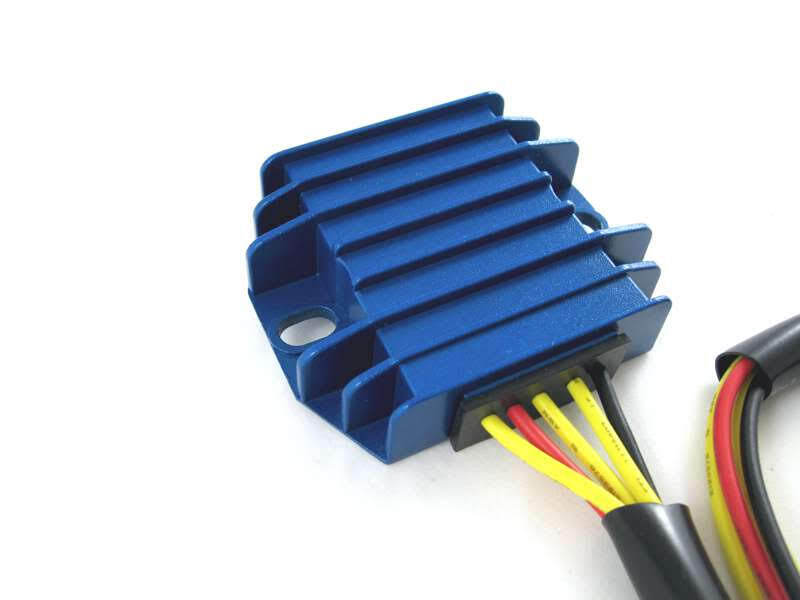Great discussion!
I run a 3 phase with, I think, is a Podtronics or clone (it's been so long I forget) and a Spark Brite voltage monitor light. I've got a Halogen headlamp which I run all the time. Even at relatively low RPM the Sparkbrite goes green quickly as I pull away from a traffic light. My only complaint is the regulator does draw when the bike is not running so I have to pull the fuse if I'm not able to ride for several weeks.
If I have to get into the system for any reason I intend to replace the regulator with a Shindengen but right now it's a don't mess with success situation.
I run a 3 phase with, I think, is a Podtronics or clone (it's been so long I forget) and a Spark Brite voltage monitor light. I've got a Halogen headlamp which I run all the time. Even at relatively low RPM the Sparkbrite goes green quickly as I pull away from a traffic light. My only complaint is the regulator does draw when the bike is not running so I have to pull the fuse if I'm not able to ride for several weeks.
If I have to get into the system for any reason I intend to replace the regulator with a Shindengen but right now it's a don't mess with success situation.

